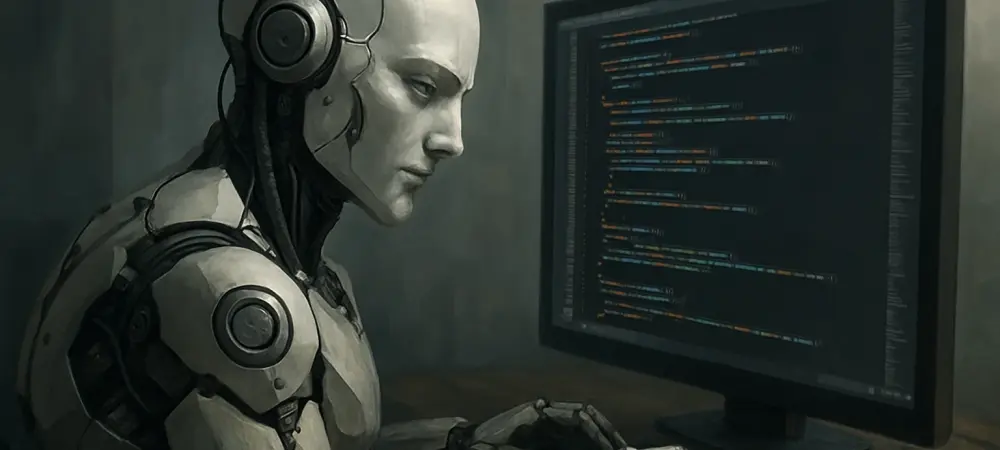I’m thrilled to sit down with Dominic Jainy, a seasoned IT professional whose deep expertise in artificial intelligence, machine learning, and blockchain has positioned him as a thought leader in technological innovation. Today, we’re diving into a groundbreaking development in industrial automation: the integration of AI assistance into ABB’s RobotStudio simulation software. In our conversation, Dominic shares insights on how this AI tool is revolutionizing robot programming, the challenges it addresses, its impact on efficiency, and what it means for engineers and businesses of all sizes. Let’s explore how this technology is shaping the future of automation.
Can you walk us through what inspired the integration of AI assistance into RobotStudio?
The primary motivation was to simplify and accelerate the robot programming process. Many developers, whether seasoned or new to the field, often spend significant time troubleshooting syntax or searching for specific functions in manuals. We saw an opportunity to leverage AI to streamline these tasks, making programming more intuitive and less time-consuming. It’s about empowering users to focus on creativity and problem-solving rather than getting bogged down by technical minutiae.
What specific challenges in robot programming were you hoping to tackle with this AI feature?
One of the biggest hurdles is the steep learning curve, especially for those unfamiliar with a specific manufacturer’s software or programming language. Even experienced engineers can struggle with recalling obscure functions or syntax under tight deadlines. Additionally, the reliance on extensive documentation or specialized support staff slows down development. Our goal was to address these pain points by embedding a tool that offers real-time, context-aware assistance right within the workflow.
How does the AI assistant in RobotStudio function to support programmers?
The AI assistant is built on a large language model, which means it can interpret natural language inputs and provide relevant coding suggestions. It’s integrated directly into RobotStudio, so as users type or design their programs, the AI offers real-time feedback—like suggesting the right syntax or recommending a function. It pulls from ABB’s vast library of technical documentation and manuals to ensure the guidance is accurate and tailored to our specific environment, making it a seamless part of the programming process.
Who do you believe will see the greatest benefits from this AI tool in their daily work?
Honestly, it’s a game-changer for a wide range of users. Experienced engineers benefit because it cuts down on repetitive tasks and speeds up debugging, allowing them to focus on complex design challenges. For newer programmers, it acts like a mentor, flattening the learning curve by providing instant guidance. Smaller factories or businesses, which might not have dedicated specialists, also gain a lot since they can now tackle sophisticated automation projects without needing extensive in-house expertise.
What kind of impact do you anticipate this AI integration will have on programming efficiency?
We expect a significant boost in productivity. For instance, tasks that once took hours—like combing through manuals for a specific function—can now be resolved in minutes with the AI’s suggestions. On a typical project, this could shave off a substantial chunk of development time, sometimes by as much as 30%. It also reduces dependency on external resources or brand specialists, so teams can iterate faster and deploy solutions with greater confidence.
How does this use of AI in RobotStudio differ from other AI applications in industrial automation?
While AI has been widely used in areas like defect detection or predictive maintenance—where it analyzes data to spot patterns or predict failures—this application is unique because it directly supports the programming process. It’s less about analyzing operational data and more about enhancing human creativity and decision-making during development. It’s a more interactive, user-facing implementation of AI, which sets it apart from the backend analytics we often see in automation.
Can you share some insights into the development journey of embedding AI into RobotStudio?
The development process was both exciting and challenging. One of the biggest tasks was training the AI to understand the nuances of robot programming and ensure its suggestions were not just accurate but also practical. We had to integrate it with our extensive documentation library while making sure it could handle real-world scenarios programmers face. There were hurdles in fine-tuning the model to avoid irrelevant or incorrect suggestions, but through iterative testing and feedback, we’ve created a tool that truly adds value.
Have you received any early feedback from users who’ve tested the AI assistant in RobotStudio?
Yes, and the response has been overwhelmingly positive. Users have told us they’re amazed at how much faster they can complete tasks, especially when it comes to syntax or function lookups. Newer programmers, in particular, have shared that it feels like having a seasoned colleague by their side. We’ve also heard from smaller operations that this tool has given them the confidence to take on more complex automation projects, which is incredibly rewarding to hear.
Looking ahead, what is your forecast for the role of AI in robot programming and industrial automation?
I believe we’re just scratching the surface. AI in robot programming will likely become as commonplace as it is in other areas like maintenance or quality control. Over the next few years, I expect to see even deeper integration—think AI not just assisting with code but also optimizing entire workflows or predicting project bottlenecks before they happen. It’s going to fundamentally change how we approach automation, making it more accessible and efficient for everyone involved.

